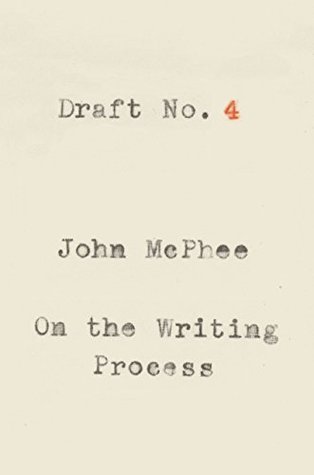More on this book
Community
Kindle Notes & Highlights
You begin with a subject, gather material, and work your way to structure from there. You pile up volumes of notes and then figure out what you are going to do with them, not the other way around.
The approach to structure in factual writing is like returning from a grocery store with materials you intend to cook for dinner. You set them out on the kitchen counter, and what’s there is what you deal with, and all you deal with.
Developing a structure is seldom that simple. Almost always there is considerable tension between chronology and theme, and chronology traditionally wins. The narrative wants to move from point to point through time, while topics that have arisen now and again across someone’s life cry out to be collected. They want to draw themselves together in a single body, in the way that salt does underground. But chronology usually dominates.
Readers are not supposed to notice the structure. It is meant to be about as visible as someone’s bones. And I hope this structure illustrates what I take to be a basic criterion for all structures: they should not be imposed upon the material. They should arise from within it.
A piece of writing has to start somewhere, go somewhere, and sit down when it gets there. You do that by building what you hope is an unarguable structure. Beginning, middle, end. Aristotle, Page 1.
I would go so far as to suggest that you should always write your lead (redoing it and polishing it until you are satisfied that it will serve) before you go at the big pile of raw material and sort it into a structure.
The lead—like the title—should be a flashlight that shines down into the story. A lead is a promise. It promises that the piece of writing is going to be like this. If it is not going to be so, don’t use the lead.
A lead is good not because it dances, fires cannons, or whistles like a train but because it is absolute to what follows.
What counts is a finished piece, and how you get there is idiosyncratic.
swatch
horripilation.
The name of the subject shall not be the title, for example, even if the subject is oranges, as was the case in the second long piece I handed in to him, my first as a staff writer.
peeve,
Ibid.,
Frames of reference are like the constellation of lights, some of them blinking, on an airliner descending toward an airport at night. You see the lights. They imply a structure you can’t see. Inside that frame of reference—those descending lights—is a big airplane with its flaps down expecting a runway.
He asked, “Are common points of reference dwindling? Has the personal niche supplanted the public square?”
peeve
demonym
Writing is selection. Just to start a piece of writing you have to choose one word and only one from more than a million in the language. Now keep going. What is your next word? Your next sentence, paragraph, section, chapter? Your next ball of fact. You select what goes in and you decide what stays out. At base you have only one criterion: If something interests you, it goes in—if not, it stays out.


